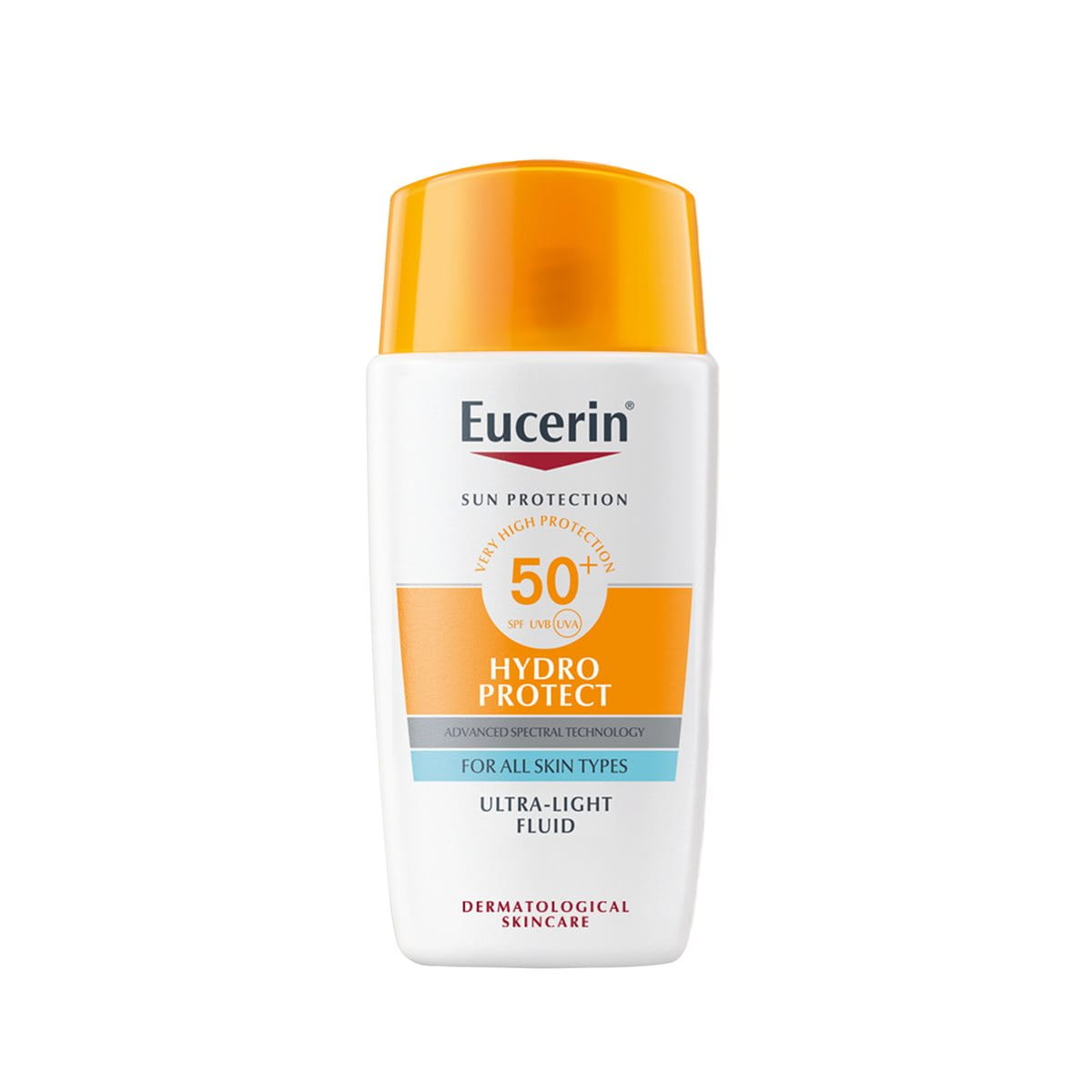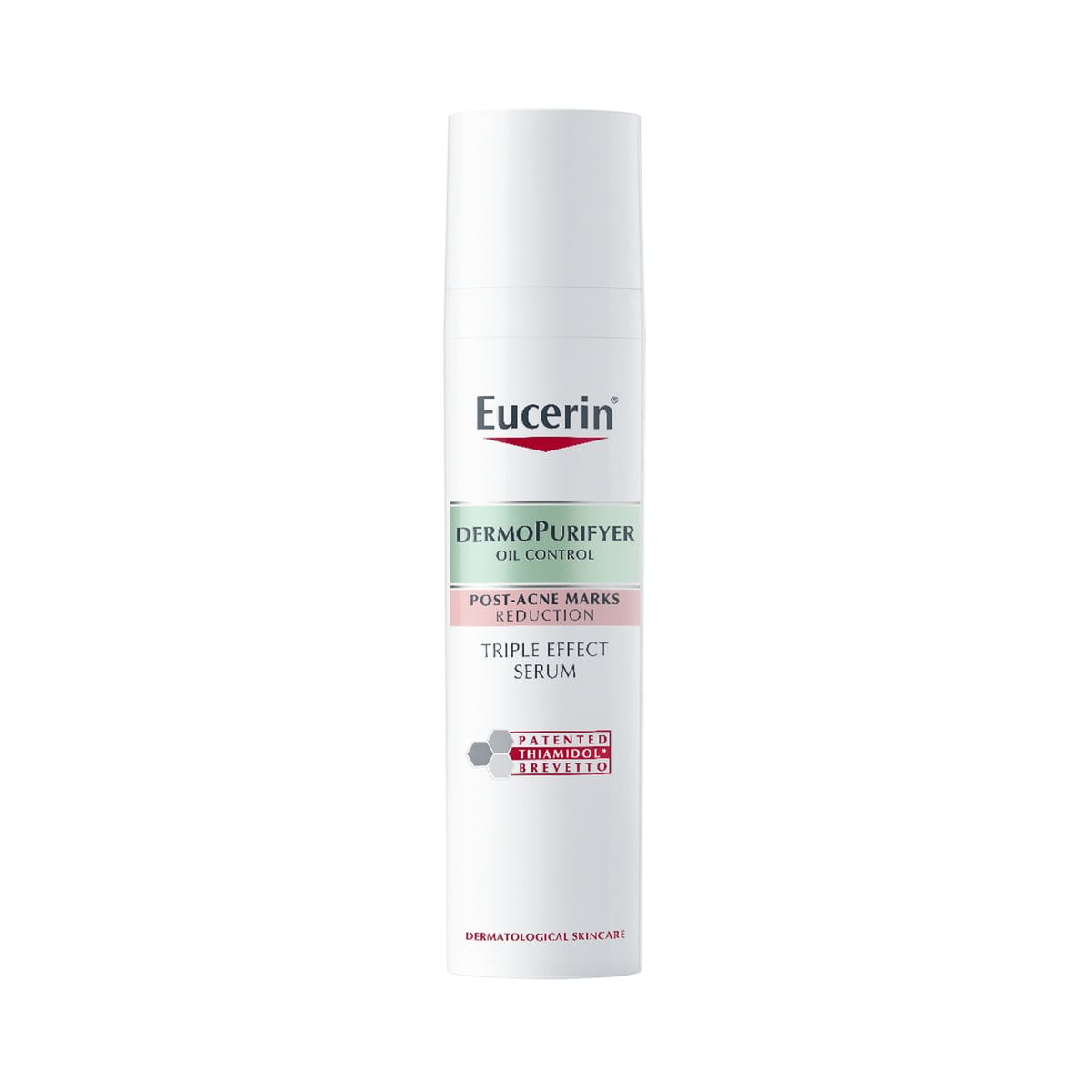With all the new trends, products, and buzzwords every week, one forgets that skincare isn’t about using one-off products. It is supposed to be a set, consistent, layered practice. Finding the right products, understanding the order of skincare, and then layering it is crucial for getting visible results. Here’s all you need to know about layering skin products and why it’s crucial to get it right.
Keynotes:
- Layering skincare in the right order, from cleanser to SPF, is essential to ensure each product gets absorbed effectively and delivers maximum benefits.
- The general rule for face care routine order is to apply products from thinnest to thickest texture and water-based before oil-based.
- Skipping steps or not following the correct order in your skincare can lead to pilling, irritation, poor absorption, or even barrier damage.
- Always layer your skin actives with caution, give time between layers, and consult a dermatologist for stronger ingredients.





